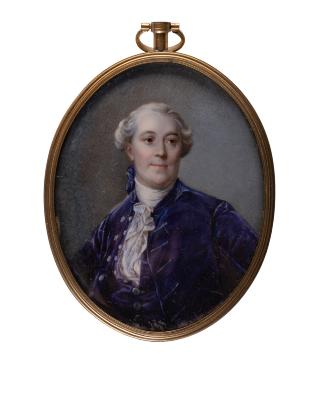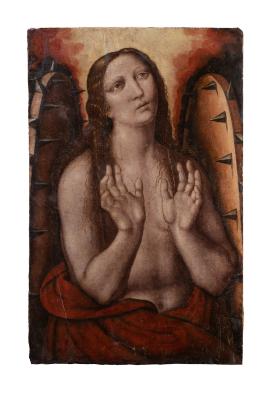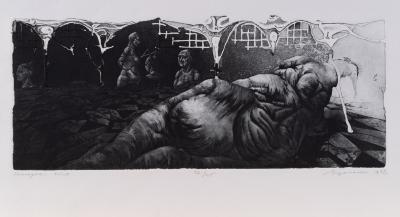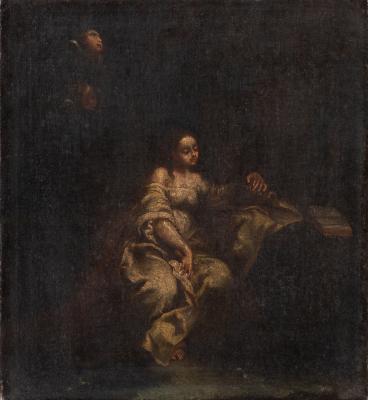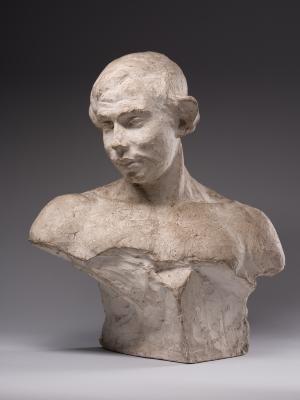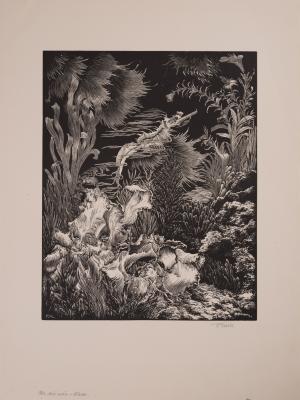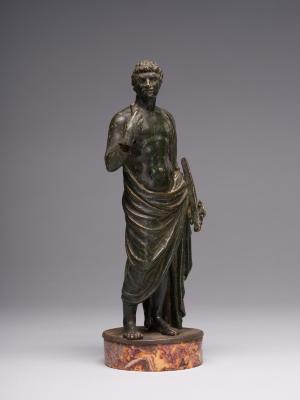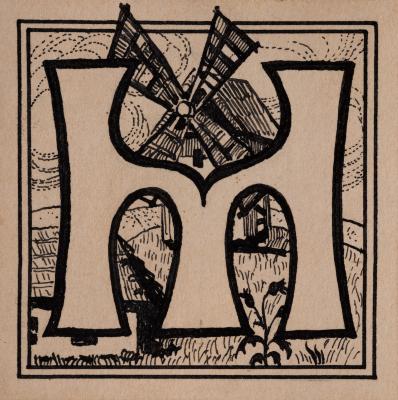The work "Naked with a Pink Jug" belongs to the early and most interesting period of the artist's creative activity. The painting was brought from Paris to Lviv in 1931 by Sviatoslav Hordynskyi for the First Exhibition of the Association of Independent Ukrainian Artists. The work was exhibited alongside the paintings by Modigliani, Picasso, Derain, as well as Ukrainian "Parisians" Andriienko, Hryshchenko, Khmeliuk, and Lviv painters. The main object of the composition is supposedly a pink jar. The silhouette of a woman in the background serves as a paraphrase of its clear and rounded contours. But later it comes to mind that it was the female figure that filled the artist with inspiration for creating the shape of the pottery. The lack of dynamism and the "motionlessness" of the plot provoke the search for internal movement in the painting, in the smooth forms of objects and shadows that are depicted on it. The metaphysical nature of existence, which Italian artists of the early 20th century aimed to capture, is the main theme of this exquisite and at the same time simple work.










